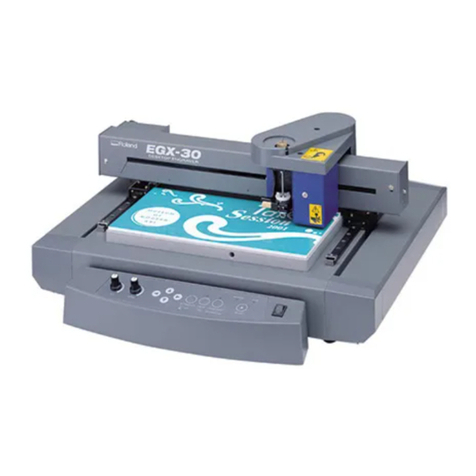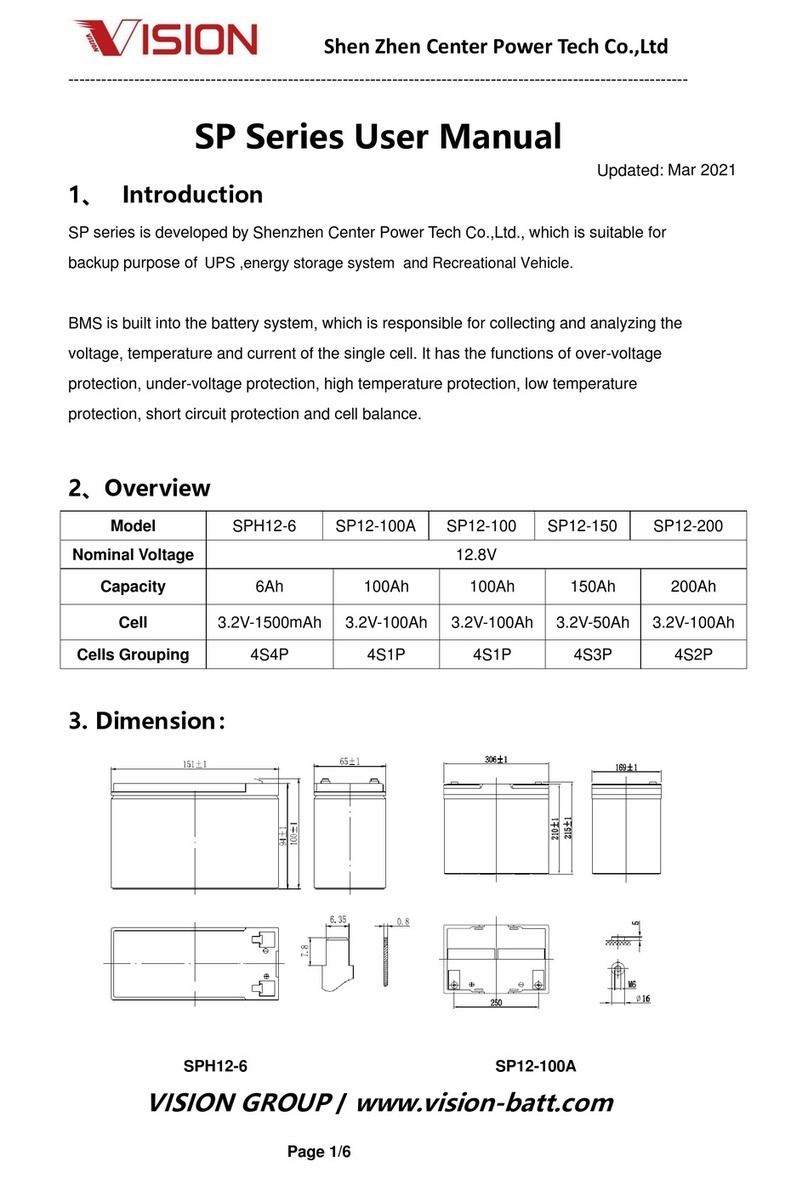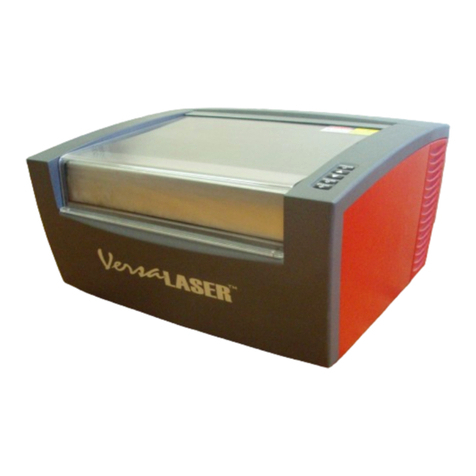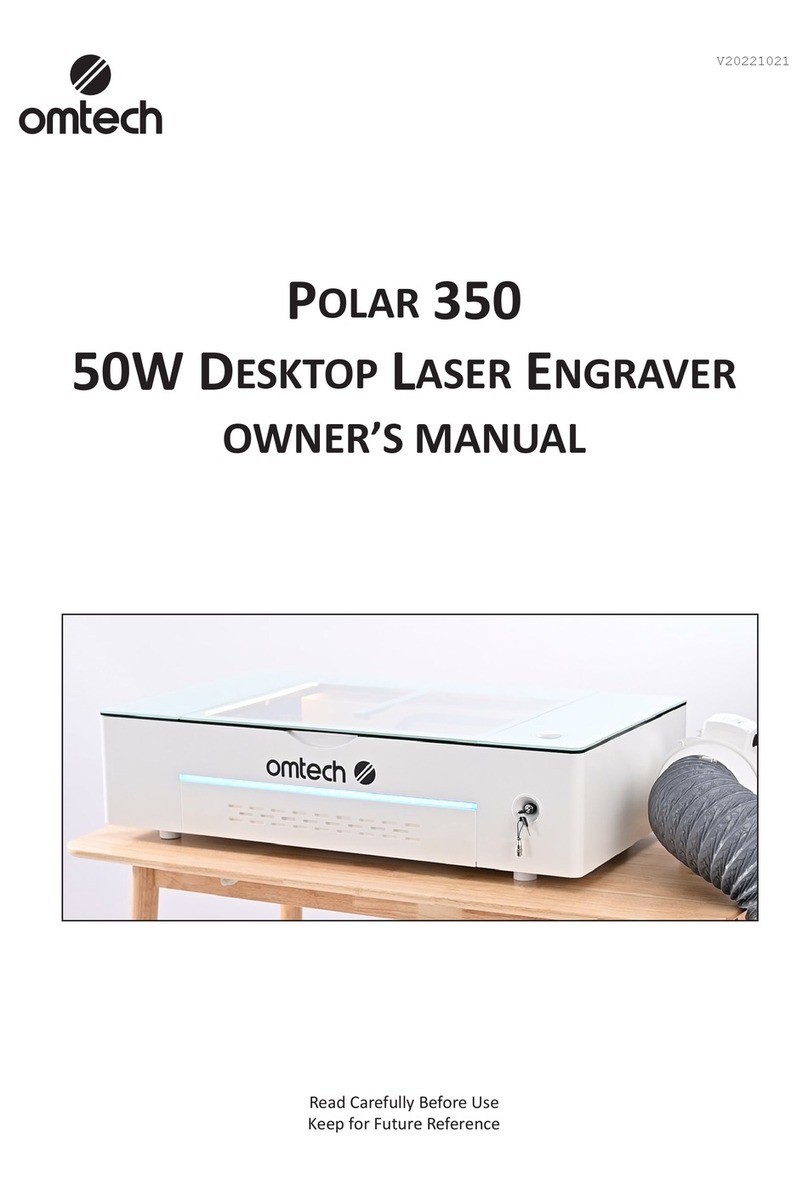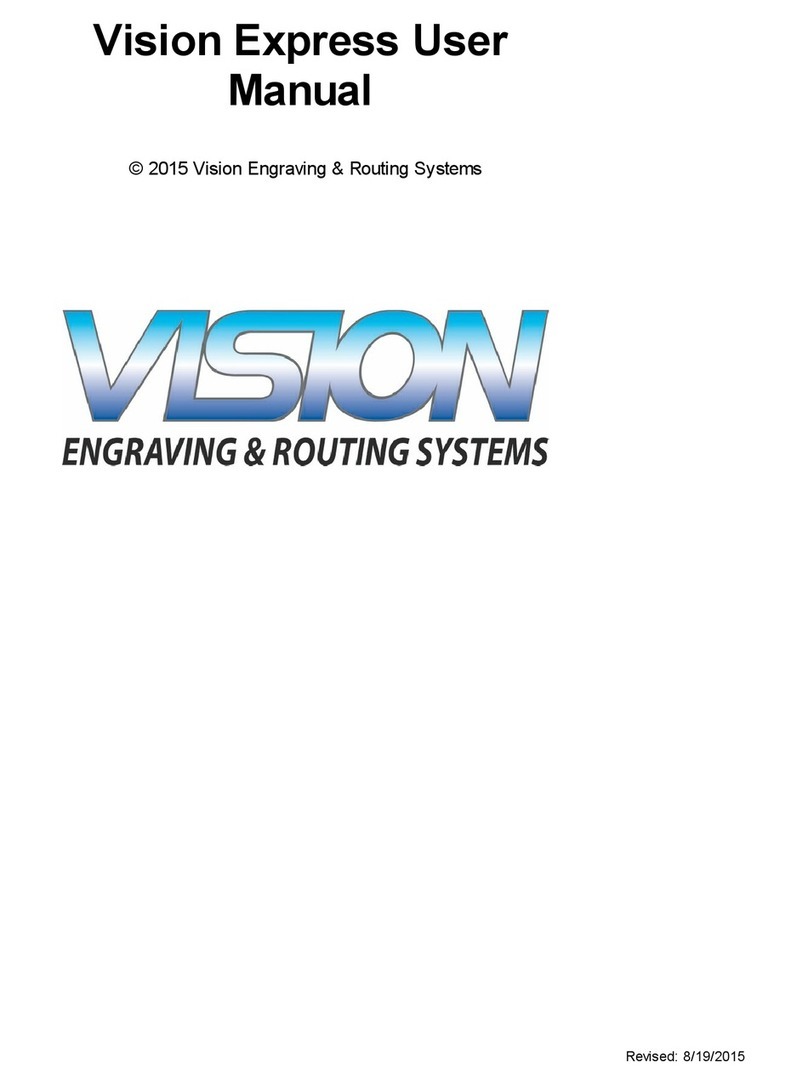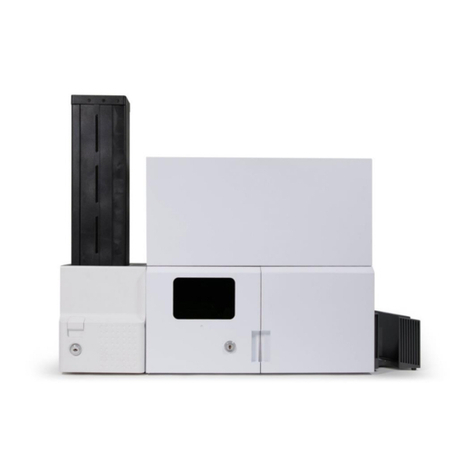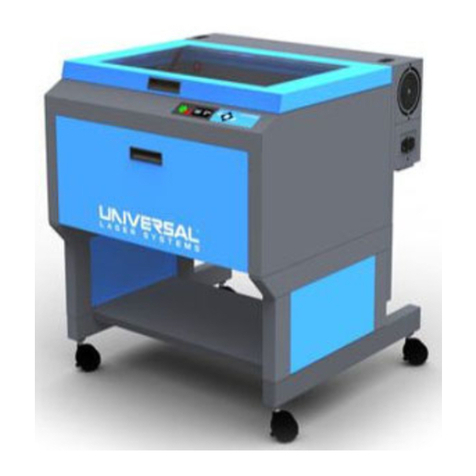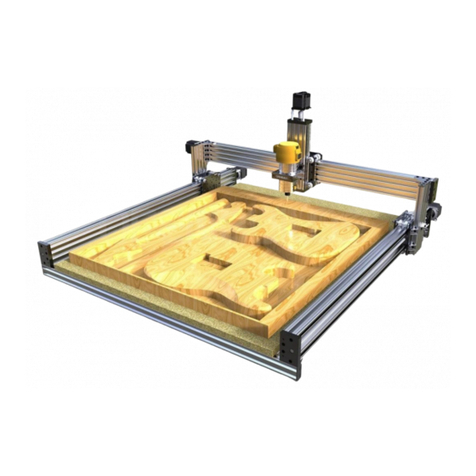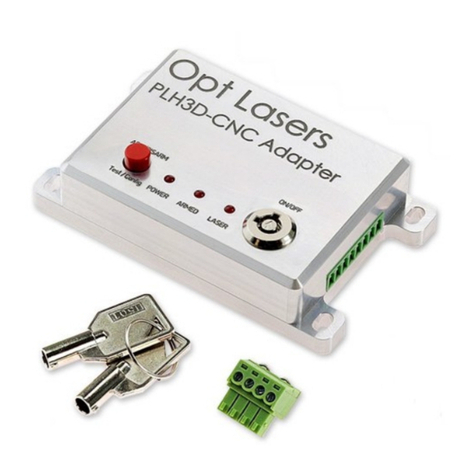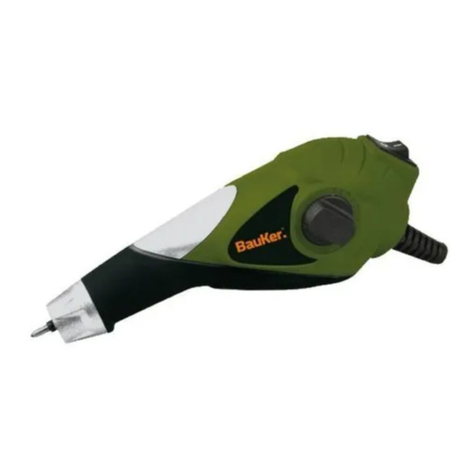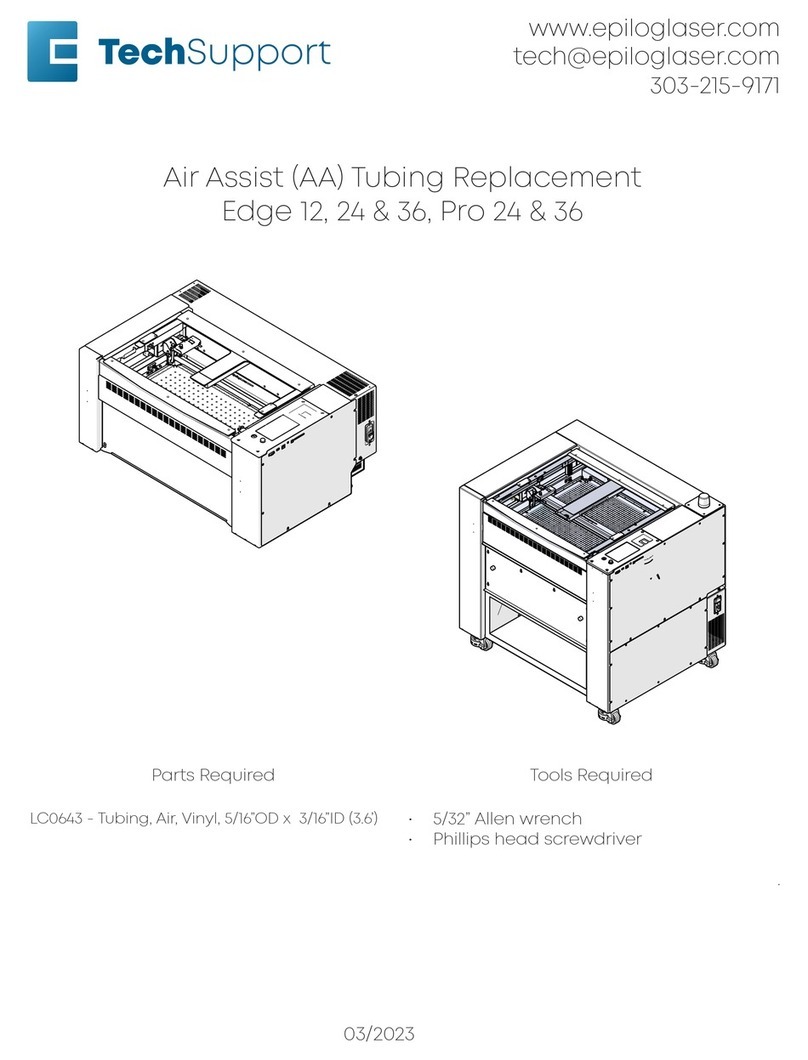1
Table of Content:
1. Introduction.................................................................................................................................................2
Included Parts................................................................................................................................................3
Basic Safety...................................................................................................................................................5
Technical data................................................................................................................................................6
2. Setup Hardware .........................................................................................................................................7
Mounting Setup..............................................................................................................................................7
Wiring Setup..................................................................................................................................................9
3. Setup Software.........................................................................................................................................12
Test Fire the Laser.......................................................................................................................................12
Firmware Settings: Make a Backup..............................................................................................................13
Firmware Update .........................................................................................................................................14
Firmware Configuration................................................................................................................................15
4. LightBurn: Setup and Configuration..........................................................................................................16
Device Setup ...............................................................................................................................................16
5. Usage and Operation: Software and Hardware ........................................................................................20
Basic Safety Guidelines...............................................................................................................................20
Basic Operation Guidelines..........................................................................................................................20
Common Cutting Parameters.......................................................................................................................20
6. LightBurn: Basic Usage............................................................................................................................21
Laser Operations .........................................................................................................................................21
Image Types.............................................................................................................................................21
Vector Engraving......................................................................................................................................21
Raster Engraving......................................................................................................................................21
Preform Engraving....................................................................................................................................22
7. GRBL Firmware Update (Needed for LaserMode)....................................................................................27
Preparation..................................................................................................................................................27
Backup/Export..............................................................................................................................................27
Flashing.......................................................................................................................................................28
8. CNCjs.......................................................................................................................................................29
Software Setup ............................................................................................................................................29
Software Usage ...........................................................................................................................................29
9. Opt Lasers Software Usage......................................................................................................................32
Opt Lasers G-Code Generator.....................................................................................................................32


